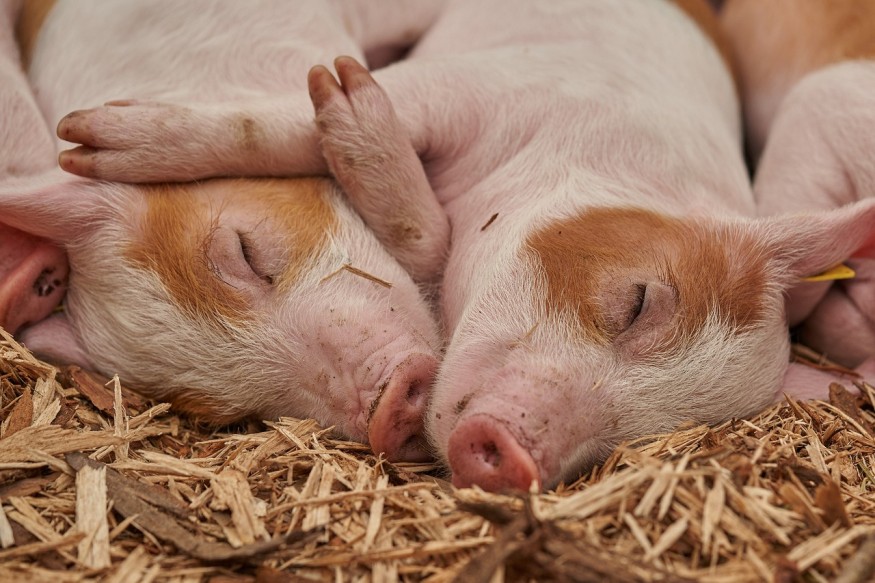Human pig 'chimera embryos' have been developed nearly a decade ago as part of a long, breakthrough research aimed at developing human organs inside a pig's body for transplant. Due to the rising cases of organ damage or failure, the need for organ transplants, including the kidney, heart, liver, and pancreas, has been necessary more than ever. It is a challenge facing the world's healthcare industry.
These hybrid embryos were made possible after a milestone study led by Juan Carlos Ispizua Belmonte, a professor at the Salk Institute in California, and his team, collaborators to conceptualize and research making a human-animal chimera. The embryos only reached 28 days before being euthanized or destroyed, for reasons relating to ethical challenges and concerns at that time.
Chimera embryos' names were inspired by the Greek mythical creature chimera, a fire-breathing animal with the head of a lion a goat on its back, and a serpent on its tail. Despite the fearsome portrayal of the creature in Greek mythology, which most are accustomed to, other cultures have portrayed chimeras as angels. Regardless, the hybrid animal has been included in modern literature and even films.
Organ Transplant Demand

The need for organ transplant has been a result of diseases, genetic conditions, or accidents that lead to a person's organ to die. A replacement of one or some of these organs, with kidneys being the most common, is crucial for a person's survival.
In terms of organ donation statistics, 17 people die each day just waiting for an organ transplant and a total of 104,234 men, women, and children are on the waiting list, according to the United States' Health Resources & Service Administration. In 2022, more than 42,000 organ transplants were conducted, according to the said U.S. government agency.
Despite this figure and ongoing organ donors, the demand for transplants are reportedly greater than the immediate supply.
Also Read : Pig Livers Transformed to be Human-Like, Possible Solution for Organ Transplant Shortage
Human Pig Chimera Embryos
In 2017, the BBC reported that the human pig chimera embryos are less than 0.001% human, a proof that the ancient mythological "lion-goat-serpent monster" can be created by integrating material from humans and animals, at least on the cellular or genetic level.
For years, researchers have not only developed chimera embryos but also of our primate cousins. This is shown in a study published in the journal Nature, where scientists have successfully grown monkey embryos, which contain human cells, for the first time.
Ethical Challenges
In the research report published in the journal Cell, scientists found the process of growing human organs inside animals is challenging. Although the chimera embryos are eliminated before they are fully grown, researchers were able to determine that human cells, when injected into pigs and mice's embryos, can also develop.
The research on chimera embryos is still far from successful, one of the reasons is limiting factors like lack of funding and debates surrounding the topic. In the past, the U.S. National Institutes of Health denounced the human pig experiments and denied funding them, VICE News reported.
© 2025 NatureWorldNews.com All rights reserved. Do not reproduce without permission.





